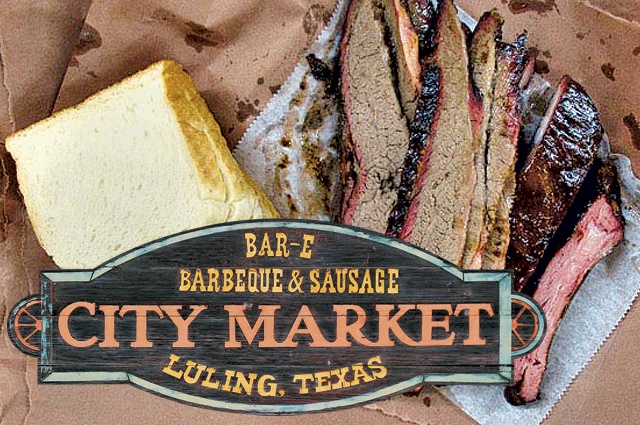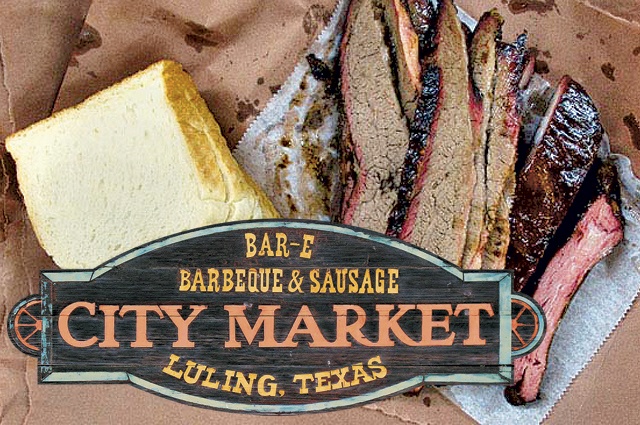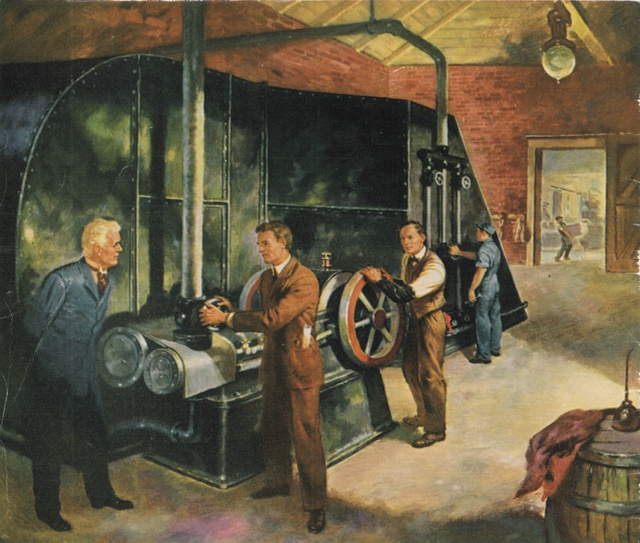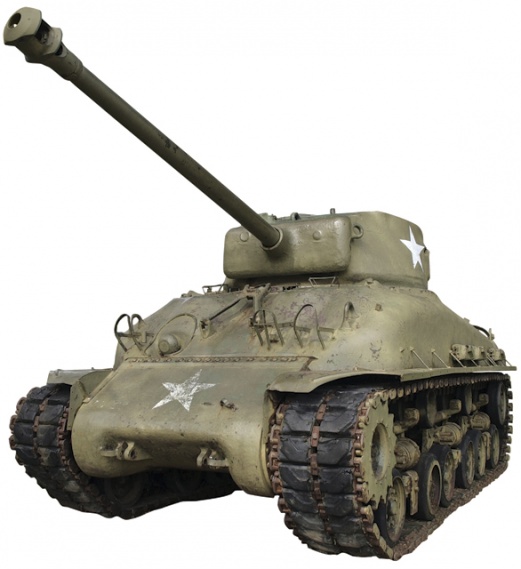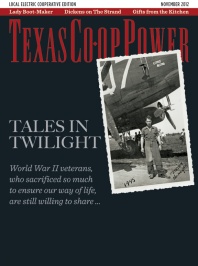Our monthly compendium of things we’ve been wondering about starts off in Luling and takes you all the way to the military minds of the British. So wipe off your chins and dig in …
World Class
We wonder if we gave readers 101 guesses whether anybody would come up with the one Texas restaurant that Newsweek in August named in its list of the 101 Best Places to Eat Around the World. Give up? It’s City Market in Luling, one of only 14 restaurants from North America that made the list. “The best Texas barbecue,” said Ford Fry of JCT Kitchen in Atlanta. He was one of 53 “luminary chefs” chosen by the magazine to compile the list.
Also a Cool Daddy
The modern air conditioner celebrated its 110th anniversary this year.
New York engineer Willis H. Carrier designed the prototype in 1902 for the Sackett & Wilhelms Lithography and Printing Company, which was experiencing printing problems because of humid air in its Brooklyn plant. Carrier’s invention blew indoor air over chilled pipes to cool it, and because cool air cannot hold as much moisture as warm air, the humidity dropped. While the original goal was to control indoor moisture, the focus of the technology shifted to cooling air to increase comfort inside. Carrier’s design became the foundation for modern cooling systems, and he has been dubbed “The Father of Air Conditioning.”
Tanks, Old Chap
The iconic American tank of World War II was the M4 Sherman. It’s mentioned by one of the veterans we interviewed for our cover story; he commanded a Sherman. His vignette is in the online version of the story. That style tank was christened Sherman by the British, who named their U.S.-built tanks after Civil War generals (the Union’s Maj. Gen. William T. Sherman). The designation quickly caught on with American forces.
By the Numbers
Texas leads the nation in number of farms and ranches, with 247,500 farms and ranches covering 130,400,000 acres, according to the Texas Department of Agriculture.
